Journey Through Isaiah & Micahਨਮੂਨਾ

Authorship & Unity of Isaiah: Behind the Text (John N. Oswalt*)
Some scholars have suggested that the book of Isaiah was written by more than one author as a way of explaining the differences in audience and focus. The following reading explains how and why they could have all been written by Isaiah the prophet.
The Multiple Author Hypothesis
Today, a vast majority of scholars believe that Isaiah was composed by multiple authors. The general idea is that Isaiah is largely responsible for the first 39 chapters, but then at least one anonymous author, perhaps a disciple of the prophet, is responsible for the rest of the book. In some cases, scholars argue for at least 3 different authors (Author 1 for chapters 1–39; Author 2 for chapters 40–55; Author 3 for chapters 56–66).
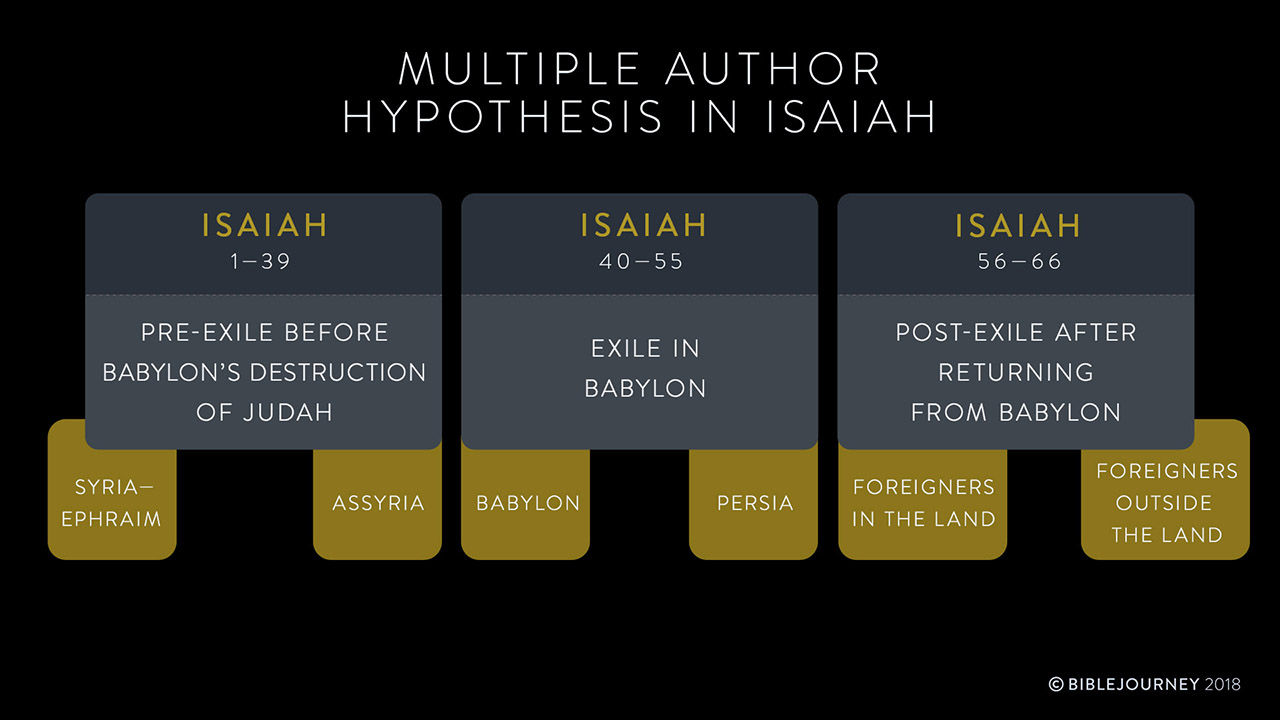
However, the traditional view of a single author is a rational position to hold. In fact, it enjoys the support of the majority of the history of scholarship. Ideas of multiple authors for Isaiah is linked to the rise of modern, critical scholarship. So, before we move on, let’s look at the rationale for Isaiah as the one and only author of the book. John Oswalt has provided a formidable argument for single authorship.
Prophetic books as anthologies
One of the first things we have to realize is that prophetic books in general do not exhibit a crystal-clear coherence. They are not essays or historical accounts, but rather anthologies (collections) of a prophet’s various oracles. The very act of compiling different oracles, likely given at different times, suggests a certain amount of disunity. Therefore, any lack of precise unity should not be used as a pillar for multiple authorship.
Prophetic books addressing different audiences or contexts
Next, scholars often point to the different vocabulary and style as well as the different audiences as evidence of multiple authorship. However, if we can accept that people can write differently (for various reasons) and that it was possible that God gave his prophet a supernaturally charged vision of the future, then it’s possible that Isaiah, while in the 8th century, could speak about issues of the exile and post-exilic period.
Key themes and phrases used throughout book
Third, just as there are curious phrases that only appear in the first or second part of the book, there are critical themes and phrases that appear throughout the book. For example, Oswalt draws attention to the phrase “the Holy One of Israel,” which only occurs 34 times in the Old Testament, with 25 of them in Isaiah. Moreover, 12 occurrences appear in chapter 1–39 and 13 in chapter 40–66 (p. 39).
Lack of concrete historical references in 40–66
Finally, there are no concrete historical references in chapters 40–66, except for the identification of Cyrus. If someone was writing in the post-exilic period, then it stands to reason that specific historical references would have been made. Instead, is the better explanation that a prophet was given a supernatural vision?
Historical precedence
There is no historical evidence that anyone besides Isaiah was a source for this book. The oldest textual evidence that we have of Isaiah dates to the 1st century BC, among the Dead Sea Scrolls. There is no hint of an awareness of multiple authors.
Despite all the twists and turns within Isaiah, there is a profound sense of unity. Across Israel’s history, the LORD remains the same. He is the great king of Israel and the world. He orchestrates the contours of history for the benefit of his people, if they will only be faithful to his lordship.
One of the common themes in the whole book is God’s covenant with Israel, illustrated with several metaphors. Check out either of the following:
Song of a Vineyard—Judgment for Foul Produce
The LORD as Potter (James M. Freeman and Harold J. Chadwick**)
Let’s return to the unifying topics in Isaiah by looking at the cultural background of one of the rich cultural metaphors we surveyed In The Text. It is referenced in all three sections of Isaiah.
A reconstructed Iron Age potter’s wheel at Ekron.
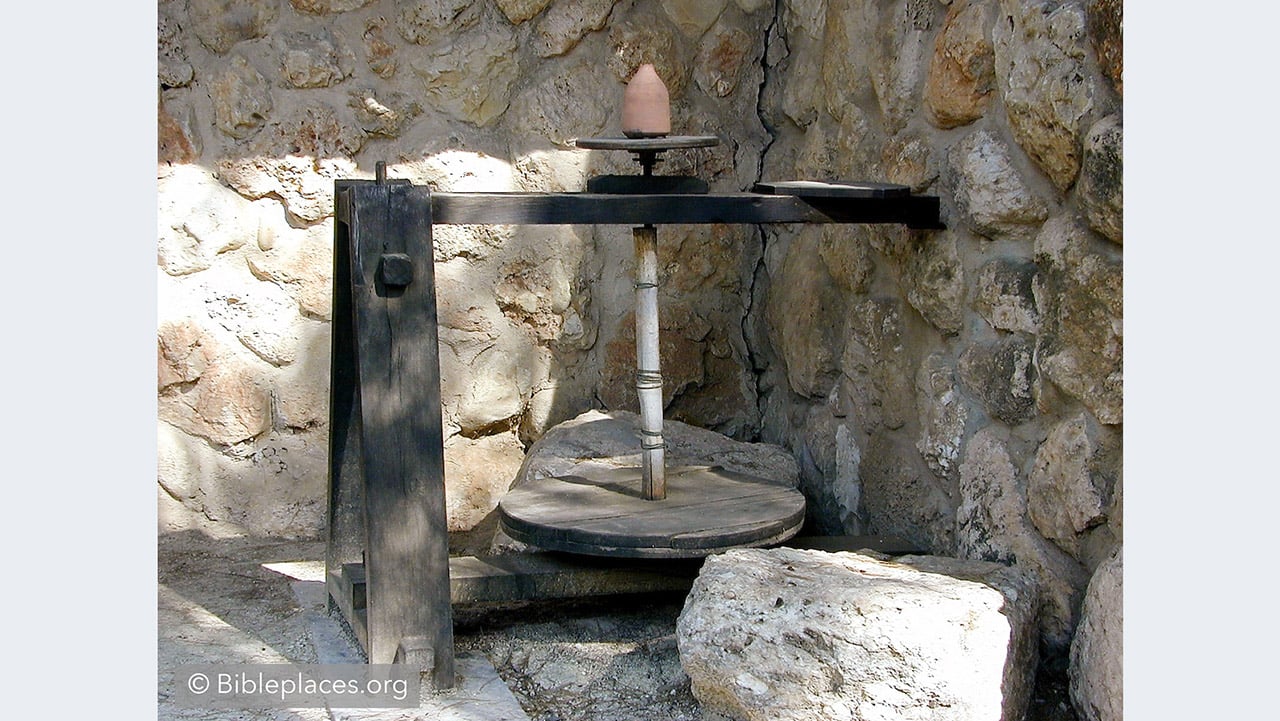
Another reconstructed slow potter’s wheel at Kom Ombo, shown with pottery assemblage.
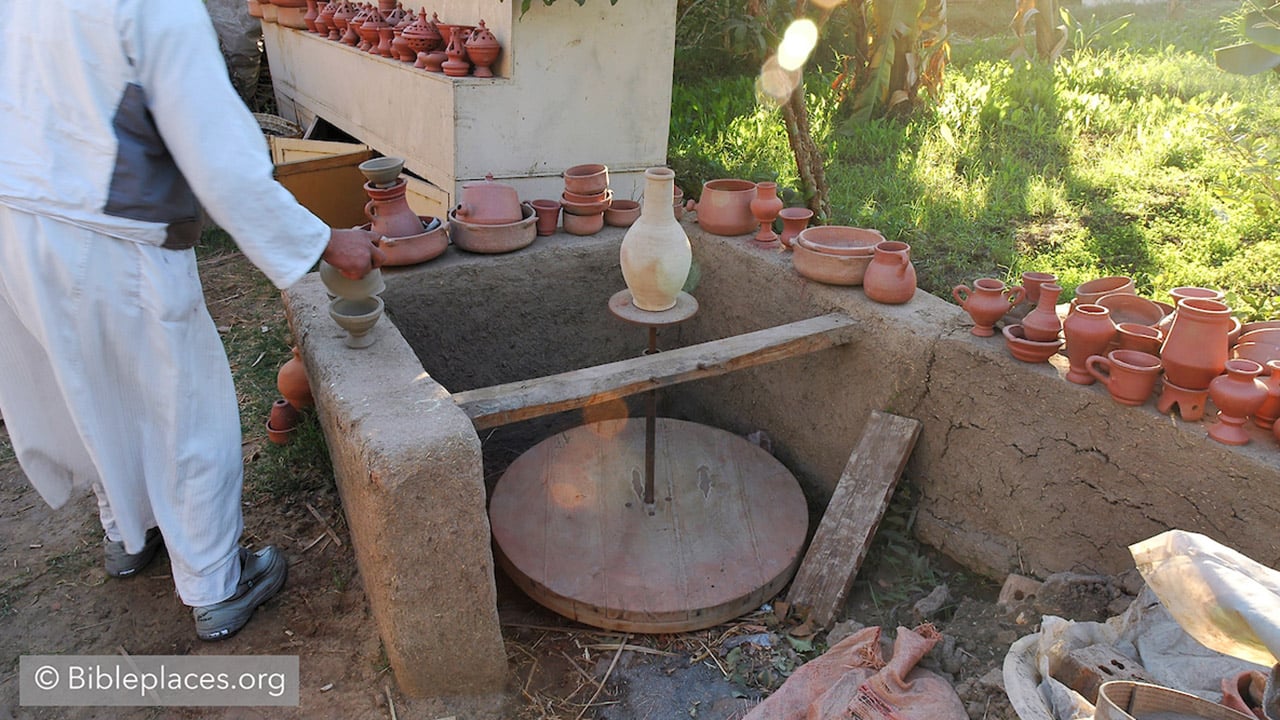
A modern woman working with a potter’s wheel at Eretz Israel Museum.
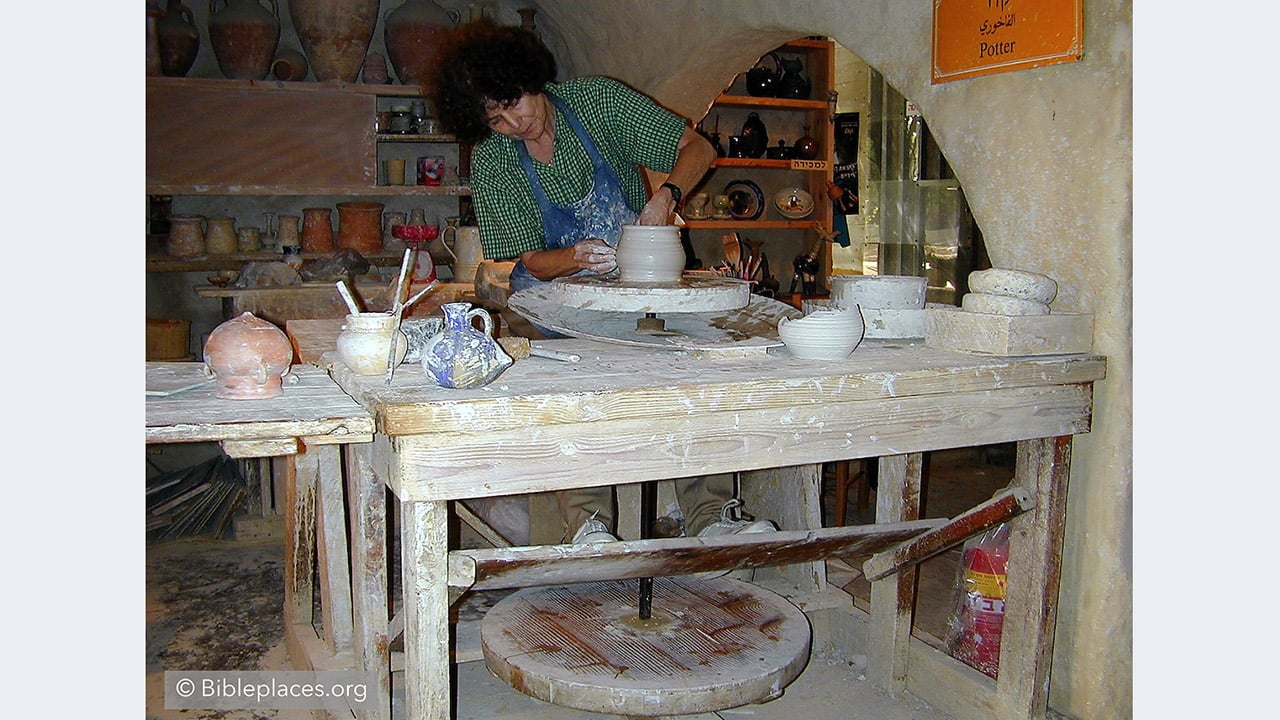
Both slow and fast potter’s wheels allowed people to quickly manufacture diverse pottery assemblages. Pots came in all shapes and sizes, basic and intricate.
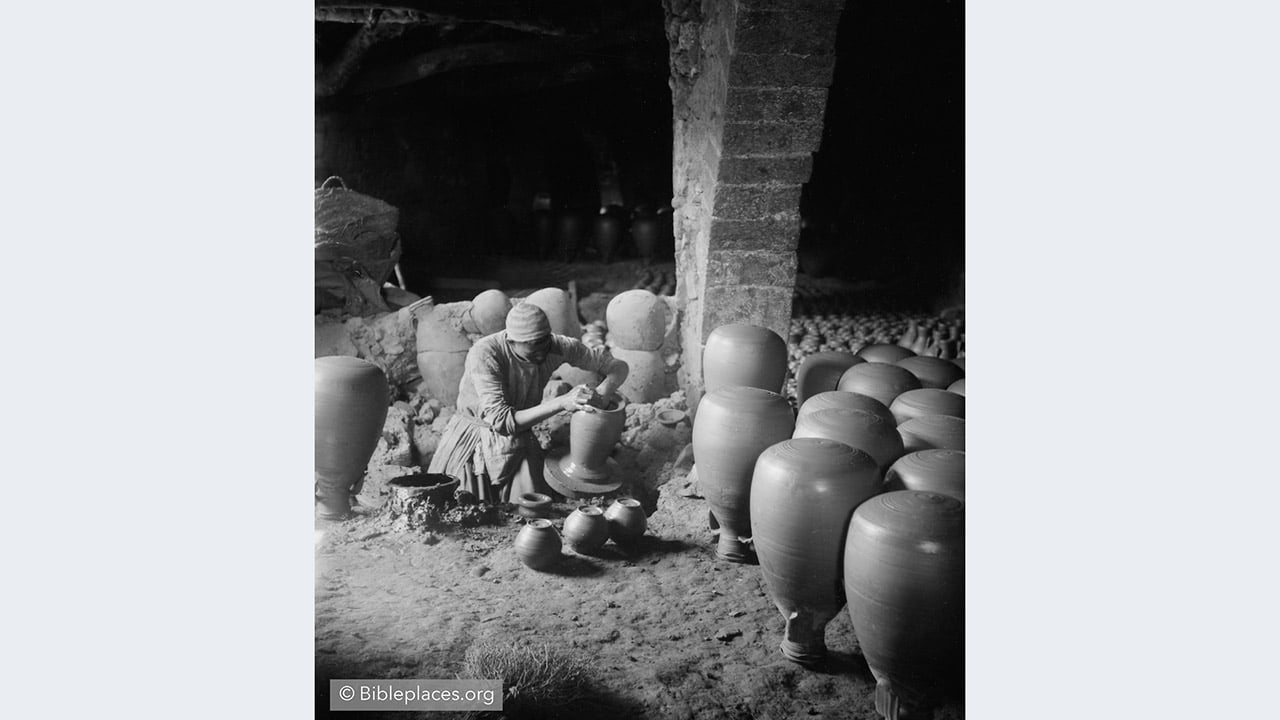
Pottery was ubiquitous in the ancient world. As you know by this point, some pots were decorative, often used for ceremonial reasons, but most were used for mundane reasons—drinking, eating, cooking, storing and a host of other daily actions.
*Source: John N. Oswalt, Isaiah, 2003, pp. 33-41.
**Sources: James M. Freeman and Harold J. Chadwick, Manners & Customs of the Bible, 1998; Richard Myers, Images from Illustrations of the Bible from the Monuments of Egypt, 2011.
ਪਵਿੱਤਰ ਸ਼ਾਸਤਰ
About this Plan

Have you ever wished for a Bible study that could take you beyond surface-level reading? If so, get ready for our journey through Isaiah & Micah! You'll get to immerse yourself in Scripture (by looking at key terms and ideas), explore what's behind it (by learning historical-cultural background), and also discover its impact by considering its implications, not only for you, but for the global church. Let's dive in!
More
Related Plans

Unshakable Love: 5 Days to Feeling Known, Carried & Cherished by God

God, I’m Tired: Honest Rest for Exhausted Parents

Connecting With the Heart of Your Child

The Lord's Prayer

Gems of Motherhood~ Letters to a Mama: 20ish Things I Wish I Knew Before Becoming a Mom

Don't Take the Bait

Transformational Days of Courage for Women

The Unique Ministry of Motherhood

God Is With Us
